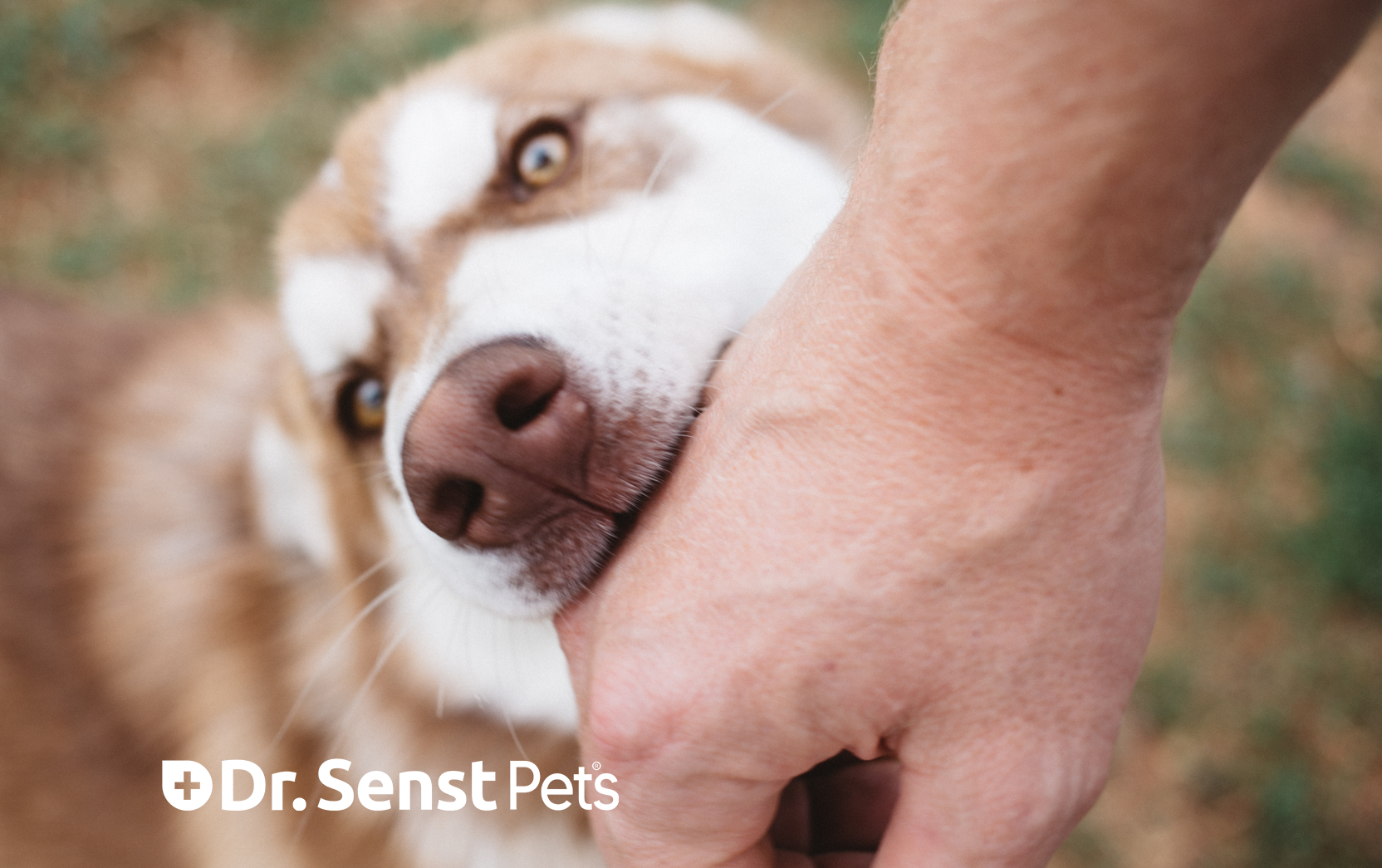
- by Dr.Thilo Senst
Dog Grooming Guide: Mastering Coat Types & Maintenance Tips
- by Dr.Thilo Senst
Dog Grooming Guide: Understanding Coat Types and Maintenance
Dog grooming plays a vital role in maintaining your dog's health and appearance. From reducing shedding to preventing skin infections, regular grooming contributes to your dog's overall well-being. Each dog breed has its unique coat type, and understanding the different grooming requirements for each can help ensure your pet stays healthy and happy.
Dog grooming goes beyond just keeping your pet looking great—it also promotes better health and prevents potential health issues. Regular grooming removes dead skin cells, reduces shedding, and helps identify skin problems such as allergies, hot spots, and infections.
According to the PDSA (People’s Dispensary for Sick Animals), over 50% of UK dog owners don't realise that regular grooming is essential for their dog’s overall health, not just appearance.
Understanding your dog’s coat type is the foundation of effective dog grooming. Each coat type requires specific grooming techniques, and using the wrong method could lead to discomfort or skin issues for your dog.
Dogs with short, smooth coats, such as Beagles and Boxers, are relatively easy to maintain. These coats don’t shed much, but regular brushing is still essential to remove loose hair and distribute natural oils.
Grooming Tips:
Breeds like Golden Retrievers and Huskies have double coats, which consist of a soft undercoat and a coarse outer layer. These dogs shed heavily, especially during seasonal changes.
Grooming Tips:
Breeds like Poodles and Bichon Frises have curly coats that don't shed much but can easily mat if not maintained regularly.
Grooming Tips:
Terriers typically have wire coats that are harsh to the touch. These coats require stripping or trimming to maintain the coat’s texture and prevent it from softening.
Grooming Tips:
Breeds like Shih Tzus and Yorkshire Terriers have long, flowing coats that require daily maintenance to prevent mats and tangles.
Grooming Tips:
The Kennel Club UK highlights that dogs with long coats are at a higher risk of developing skin infections if not properly groomed, as dirt and moisture can easily become trapped in the coat.
Every dog owner should have a basic set of grooming tools tailored to their dog’s coat type. Here are some key items to include in your grooming kit:
| Coat Type | Recommended Tools |
|---|---|
| Short Coat | Rubber grooming brush, grooming mitt, slicker brush |
| Double Coat | Undercoat rake, slicker brush, deshedding tool |
| Curly Coat | Slicker brush, detangling spray, grooming scissors |
| Wire Coat | Pin brush, hand stripping tool |
| Long Coat | Pin brush, slicker brush, grooming scissors, detangling spray |
While dog grooming is essential, many pet owners make common mistakes that can harm their dog’s coat and skin. Avoid these pitfalls:
Bathing your dog too frequently can strip the coat of its natural oils, leading to dry, irritated skin. Most dogs only need a bath every 4-6 weeks unless they get particularly dirty.
Dogs with floppy ears, such as Cocker Spaniels, are prone to ear infections if the ears are not cleaned regularly. Use Dr. Senst Antiseptic Dog Ear Cleaner Drops to gently clean and disinfect your dog’s ears.
Human shampoo is too harsh for a dog’s sensitive skin and can cause dryness or irritation. Always opt for dog-specific grooming products.
Regular dog grooming offers a host of benefits, including:
Just like how we brush our teeth daily to maintain oral health, dogs need regular brushing and grooming to keep their skin and coat in top condition.
Some dogs may be anxious or fearful during grooming. To help your dog feel more comfortable, try these tips:
According to a survey by Dogs Trust UK, 20% of dog owners report that their pets become anxious during grooming sessions.
Q: How often should I groom my dog?
A: The frequency of grooming depends on your dog’s coat type. Short-coated breeds may only need grooming once a week, while long-haired breeds require daily brushing.
Q: Can I use human grooming tools on my dog?
A: No, human grooming tools are not designed for a dog’s skin and coat. Always use tools specifically made for dogs to avoid causing damage to their coat or skin.
Q: My dog sheds a lot—what can I do?
A: Regular brushing is key to reducing shedding. Using the right tools, such as an undercoat rake for double-coated dogs, can significantly reduce the amount of fur your dog sheds.
Grooming your dog doesn’t have to be a chore. With the right products and tools, you can maintain your dog’s coat, keep them healthy, and reduce the risk of skin infections or other health issues. Here are some Dr. Senst Pets products that can help you on your dog grooming journey:
By integrating these products into your dog grooming routine, you’ll ensure that your furry friend’s coat and overall health remain in top condition.
![]()
Enter your details & download our comprehensive 50+ page printable Dr. Senst Pet Care Planner completley FREE! - keep track of all your pet’s needs, from medical history and training to vet visits, grooming, diet, and more!










Share:
Prevent Dog Ear Infections: Essential Tips for Healthy Ears
What Causes Itchy Skin in Cats? Explore Common Triggers and Solutions